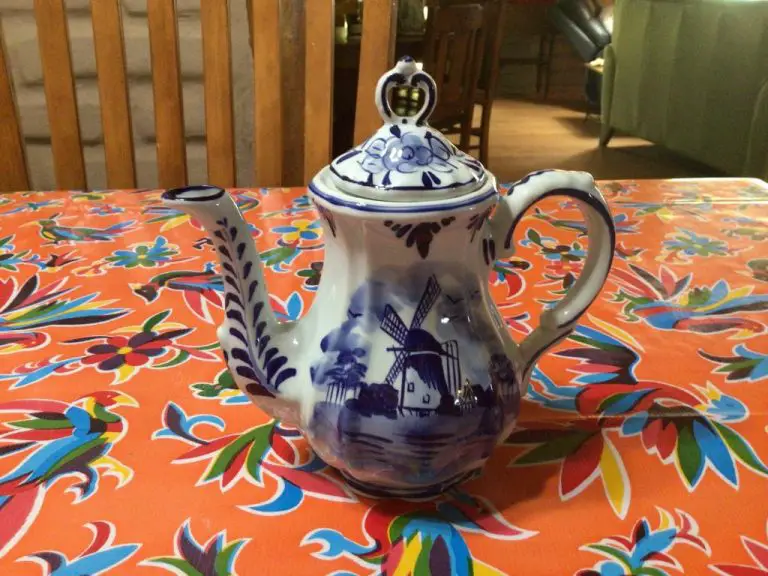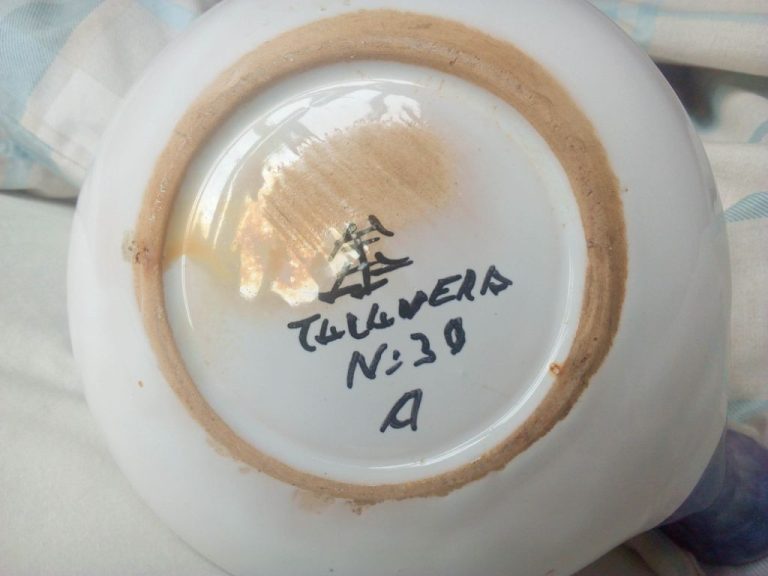Understanding Clay Bodies: Types And Characteristics
A clay body is a mixture of different types of clay and sometimes other additives that is used to form ceramic objects. It refers to the earthenware, stoneware or porcelain that forms the piece, as opposed to surface treatments like engobe or glaze.
There are many different types of clay bodies that have their own characteristics and are suited for different applications. The main types include earthenware, stoneware, porcelain, fire clay, ball clay, slip clay, and paper clay. The clay body chosen affects the finished look and properties of the ceramic piece.
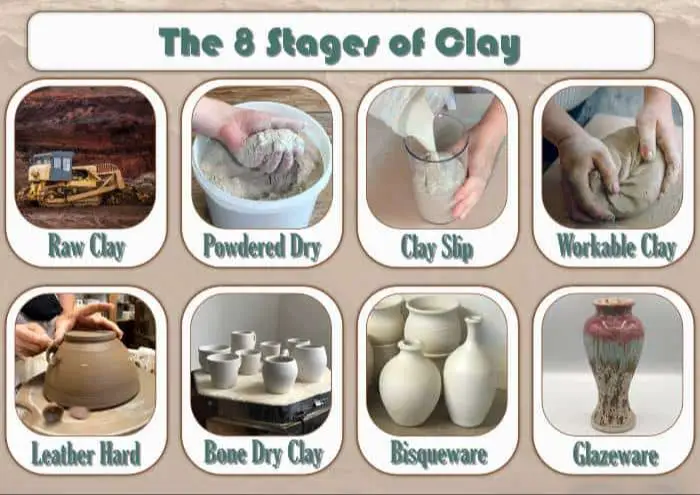
Clay bodies can be purchased pre-mixed or blended from raw clays and materials. The clay composition and preparation process will impact the plasticity, firing temperature, color, porosity, strength, and other qualities of the final ceramic ware. Selecting the right clay body is an important first step in any ceramic project.
Earthenware Clays
Earthenware clays are one of the most common types of clay bodies used in pottery and ceramics. They are characterized by their porous nature and low firing temperature range. According to Soul Ceramics, earthenware clays fire between 1728°F – 2102°F (940°C – 1150°C), which makes them easy to work with using basic equipment like a kiln or pit firing.1
The porous quality of earthenware comes from the clay particles being loosely bonded, which allows gases to escape during firing. This gives finished earthenware pieces a coarse texture and means they must be glazed to be watertight. Common uses for earthenware clays include flower pots, decorative tiles, bricks, and tableware that is not intended to hold liquids.2
In addition to being porous, earthenware tends to be weaker and less durable than other clay types. It can chip, crack or scratch more easily. However, its soft texture takes glazes very well and earthenware clays come in a wide variety of colors including red, brown, orange, yellow and white.
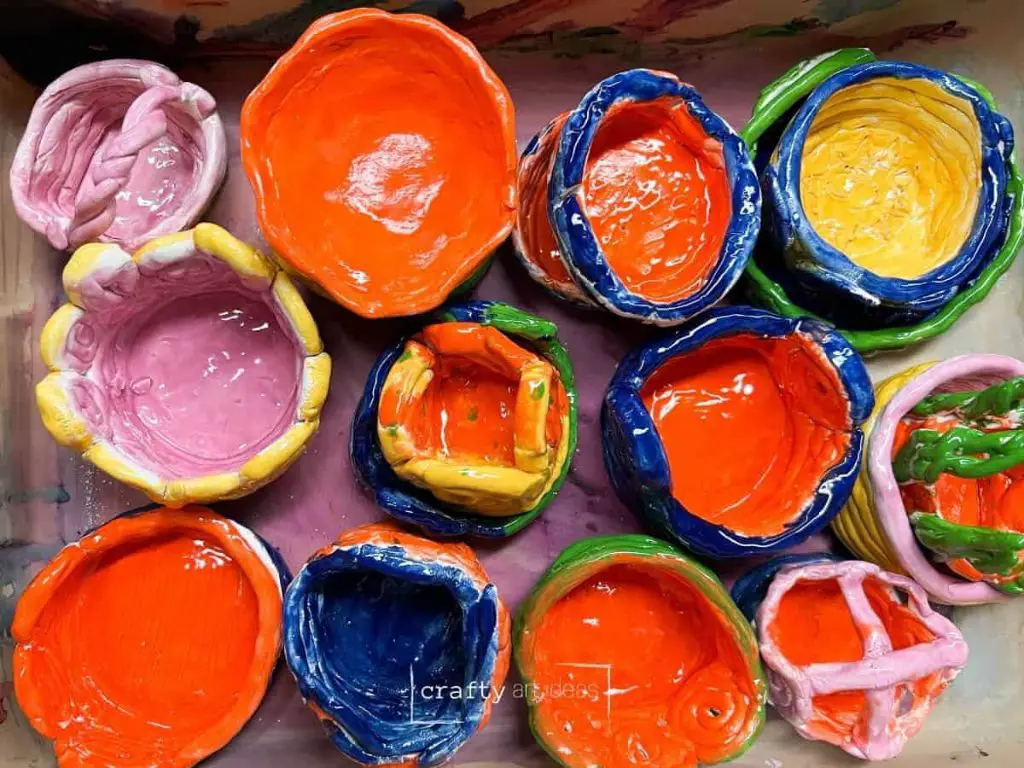
Stoneware Clays
Stoneware clays are characterized by their high firing temperature, typically between 2200°F to 2400°F (1200°C to 1300°C). They are comprised of various combinations of ball clay, feldspar, silica, and grog (ground up fired clay). The higher firing temperature results in increased vitrification, producing a nonporous clay body with increased strength and durability compared to earthenware clays. Stoneware clays have low absorbency with water absorption rates less than 3% (Flynn, 2006) [1].
Common uses of stoneware clays include dinnerware, ovenware, pottery, and tile. The nonporous nature allows it to hold liquids without seeping, making stoneware suitable for items like mugs and bowls. It is also durable enough to withstand thermal shock, allowing stoneware to go from refrigerator to oven without cracking. The increased vitrification gives stoneware its signature smooth, glassy appearance.
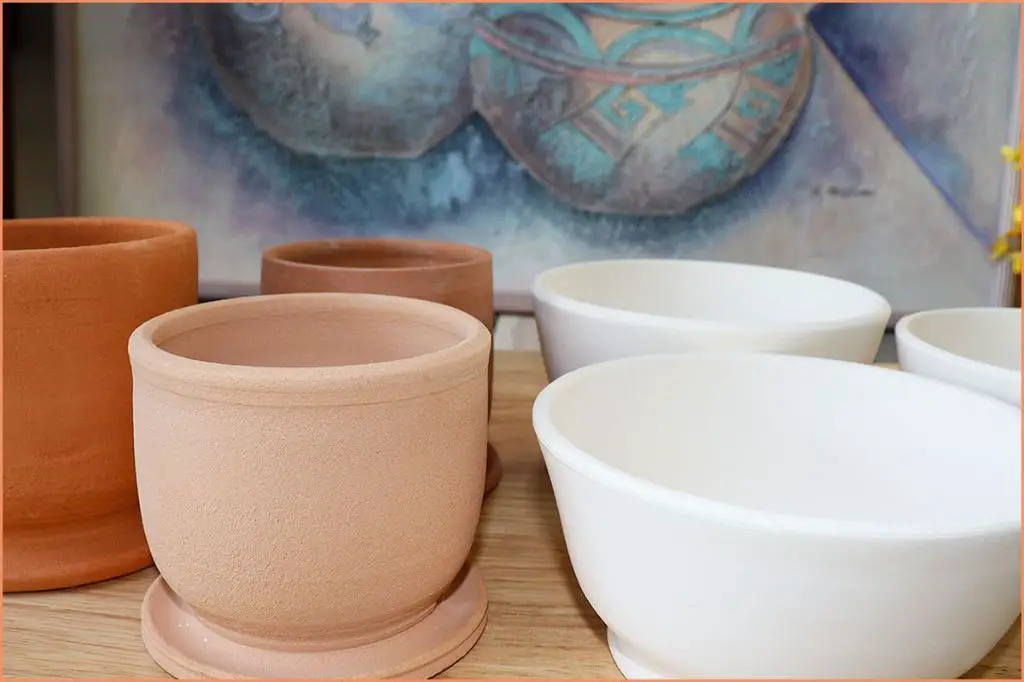
Some examples of stoneware clays bodies include:
- Amaco Stoneware Clay – Fires to 2100°F
- Laguna Speckled Buff Stoneware – Fires between 2185°F and 2275°F
- Highwater Clays Standard 55 Stoneware – Fires between 2200°F and 2350°F
Porcelain Clays
Porcelain clay is made up of kaolin or china clay, quartz, and feldspar fired to extremely high temperatures ranging between 2,381°F and 2,550°F (Ideally 2,450°F). According to the article “Everything You Need To Know About Porcelain Clay” on the Soul Ceramics website, porcelain clays have a high level of kaolinite content giving it a fine particle size and unique white color that becomes more translucent after high temperature firings (https://www.soulceramics.com/pages/porcelain-clay).
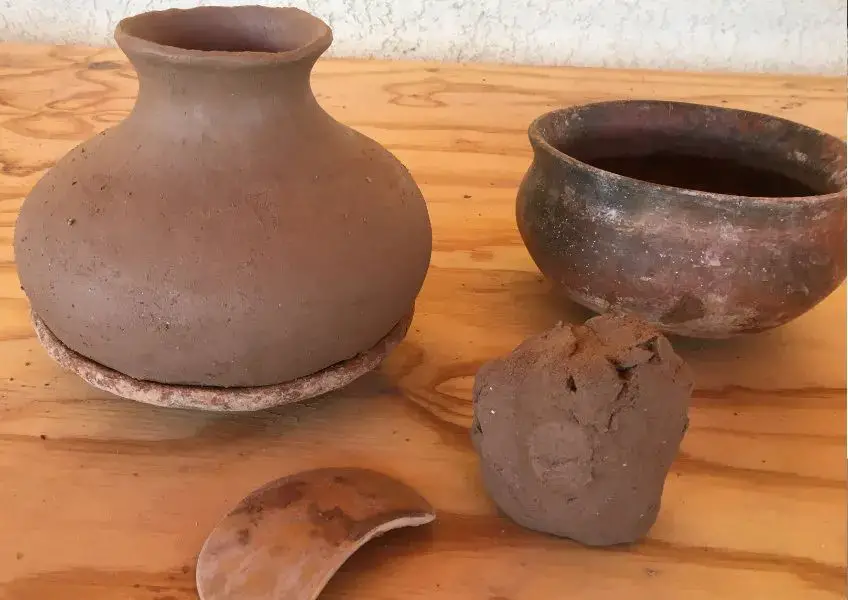
Some key properties and characteristics of porcelain clays include (https://www.calameo.com/books/007331845dc4ebc5be83b):
- Very low porosity and minimal water absorption
- High strength and hardness
- Smooth, fine texture
- Excellent white color and translucency after firing
- Withstands freezing temperatures
- Resists staining
Due to its durability and aesthetics, porcelain clay is commonly used for tableware, sanitary ware, electrical insulators, dental prosthetics, and decorative art objects. The combination of plasticity and high firing range makes porcelain suitable for throwing, handbuilding, and molding techniques.
Fire Clays
Fire clays have high refractoriness, meaning they can withstand extremely high temperatures before softening. According to The Constructor, fire clays have a natural water content of around 12%, moisture absorption of 6.8%, and 87% minus No.200 sieve size. They also have a loss of ignition of 10.6%.
Fire clays are known for their heat resistant properties. As explained by Hongtai Li on LinkedIn, fire clay bricks can withstand continuous heating up to 1,500°C. This makes them ideal for lining furnaces, fireplaces, and chimneys.
Some common uses for fire clays include:
- Lining kilns and furnaces
- Firebrick manufacturing
- Ceramic glaze making
- Refractory applications
Fire clays are composed primarily of alumina and silica, giving them high heat resistance while maintaining their shape when exposed to high temperatures for prolonged periods.
Ball Clays
Ball clays are a type of kaolinitic clay that have high plasticity and are typically used in making ceramic bodies and glazes. There are several key characteristics and properties of ball clays:
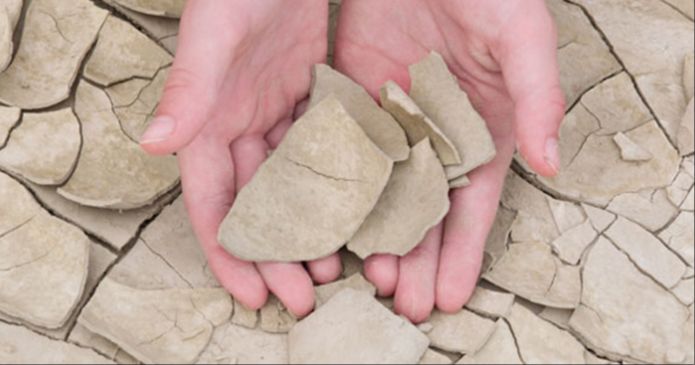
Ball clays have very fine particle sizes, typically in the range of 0.1-4 microns. This contributes to their high plasticity and gives finished ceramics good strength when fired. Ball clays also have very little grit content.
They are highly plastic, meaning they are very moldable and workable when mixed with water. This makes them excellent for throwing and shaping pottery pieces.1
Ball clays have high dry strength once formed. The fine particles compact together well, giving dried pottery good shape retention before firing.
Chemically, ball clays have a significant alumina and silica content, generally in the range of 20-30% Al2O3 and 50-60% SiO2. They also contain some fluxes like iron oxide which help vitrifying at high temperatures.
When fired, ball clays result in light colored ceramics, usually white to light cream or tan. The fine particle size gives a smooth texture.
Due to their high plasticity and strength when fired, ball clays are commonly used in making ceramic bodies and are a key ingredient in porcelain and white earthenware clay bodies. They improve workability and also provide strength to the finished ceramic.2
Slip Clays
Slip is a liquid clay suspension that is used to join, decorate, and alter the surface of pottery. Slip clays have a high clay and low flux content that allows them to liquefy and become pourable when mixed with water. Some key properties and characteristics of slip clays include:
Suspension – Slip clays contain 15-35% clay suspended in water. This creates a smooth, creamy liquid that can be brushed or poured onto leather-hard clay pieces. The water content allows the clay particles to flow while the clay content allows it to adhere to clay surfaces.1
Plasticity – Slip clays maintain the plasticity of regular clay so they can bend and move with the piece as it dries and fires without cracking. Plasticity comes from the platelet structure of clay particles.
Adhesion – The clay content in slips allows them to mechanically adhere to leather-hard clay through interlocking platelets and shrinkage during drying.2
Common uses of slip clay include:
- Attaching handles, spouts, and appendages to pottery forms
- Decorating pottery with sgraffito, mishima, slip trailing, slip painting, and slip inlay techniques
- Altering surface colors and textures
- Sealing porous clay bodies like terra cotta
Paper Clays
Paper clay is made by mixing shredded cellulose fiber, usually from recycled paper, with clay (Graham). The addition of paper gives the clay increased strength and flexibility compared to regular clay. Paper clays typically contain around 5-10% paper fiber by volume (AN ASSESSMENT…brick).
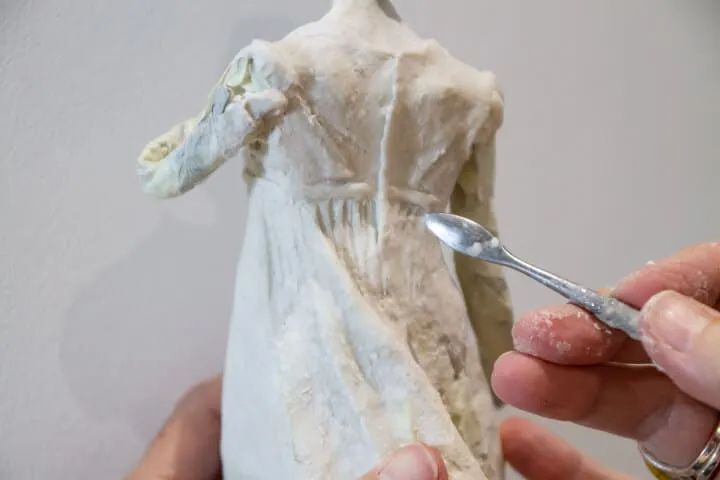
The cellulose fiber binds the clay particles together, resulting in a strong finished piece that contracts less when drying. This reduces cracking and warping. It also makes the clay more workable and durable. Pieces made with paper clay are up to four times stronger than regular clay (Graham).
Paper clays are commonly used for sculpting and handbuilding. The fiber reinforcement allows for thinner extremities and finer details. Paper clays also work well for attachments and repairs as the material easily bonds to bisqueware and greenware. Pieces do not require bisque firing before a final glaze firing. The paper burns out between cone 08 and cone 6 (AN ASSESSMENT…brick).
Choosing Clay Bodies
When selecting a clay body for your pottery project, there are several key factors to consider based on the type of piece you want to create:
Firing Temperature – Consider the maximum temperature your kiln can reach and choose a clay formulated for that range. Earthenware clays fire to lower temps while porcelain clays need higher firing temperatures.
Color – The natural color of the raw clay can range from white to red to gray. This will affect the final color of the finished piece. Certain clays also influence the vibrancy of applied glazes.
Plasticity – More plastic, flexible clays are easier to hand build and sculpt. Less plastic clays may require extra water or additives. Assess the clay’s workability for your desired forming method.
Shrinkage – The amount a clay body shrinks during drying and firing will impact the final size of your piece. Higher shrinkage clays require adjustment to initial size.
Absorption – How porous the clay is affects glaze application and food safety. More absorbent bodies take glaze differently. Less absorbent ones work better for functional ware.
Consider testing various clay types to see which suits your project goals best. Factors like color, texture, and feel are also a matter of personal preference. Gather information from manufacturers about their clay bodies’ specific properties when selecting the right one for your pottery.
Sources:
https://quizlet.com/194264302/pottery-1-quarter-review-flash-cards/
Mixing Clay Bodies
When mixing clay bodies, the goal is to achieve the desired characteristics and properties for your specific project. Here are some tips and techniques for mixing custom clay bodies:
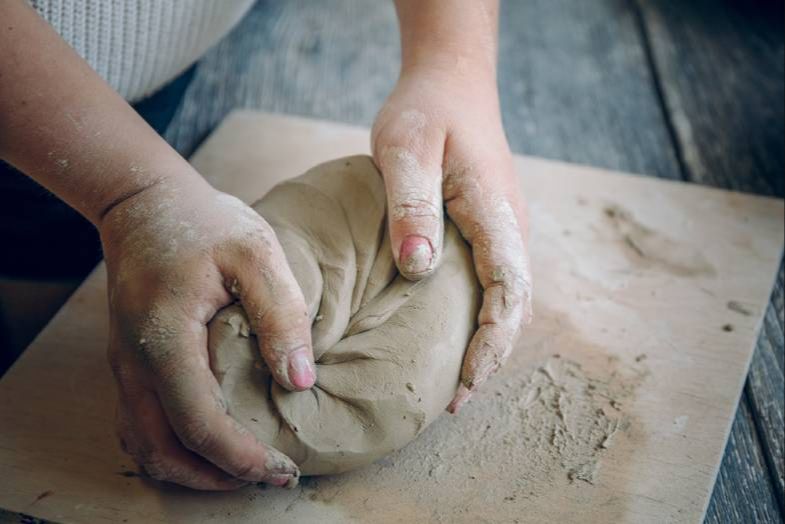
Start by considering the clay’s intended firing range and purpose. Earthenware, stoneware, and porcelain clays require different mixing formulas. Analyze the properties you want such as workability, shrinkage rate, color, etc (Cressey, 2013).
Choose a base clay for the majority of the mixture’s volume. Often stoneware or earthenware work well as base clays. Add smaller amounts of other clays and materials to achieve the target properties (Little, 2022).
Ball clays improve plasticity and dry strength. Fire clays raise maturing points. Slip clays aid workability. Experiment by adding 5-15% of these supplemental clays.
Include non-clay materials like grog, sand, vermiculite, perlite, etc. to reduce shrinkage and weight. Add up to 25% by volume according to the properties desired.
Thoroughly wedge and knead the mixture to achieve an even distribution of ingredients. Test samples to confirm the clay behaves as expected during handling, drying, firing, etc.
Measure quantities precisely using scales and cups to maintain consistency between batches. Careful notes on formulas and results help improve future blends.
Allow mixed clay to sit wrapped in plastic to homogenize. Then wedge again before using to maximize cohesion and plasticity.
Blending customized clay bodies takes testing and refinement, but allows for total control over the clay’s properties.

